From the very beginning, I have had my doubts about ClassDojo’s approach and their understanding of teaching, learning and schools. The ClassDojo app is basically a tool for labeling and tracking student behavior with cute, game-like characters. Let’s say: extrinsic motivation at its best (or worst). ClassDojo is for free and has received over $10m in venture funding. Of course, they had their privacy issues before.
Today I have learned about their new so called “Big Ideas” series: K-12 “teaching material” about the “growth mindset”. Let’s try to ignore the dilemma how ClassDojo’s approach (extrinsic motivation) goes together with a growth mindset (growth mindset people are motivated by intrinsic motives and are hardly ever by extrinsic ones).
“Big Ideas” is nothing more than a pure advertising campaign addressed to parents (take-home questions) and teachers (discussion guide). The whole thing is disguised as teaching material (PDF downloads and a five episode video series starring the class dojo characters).
Did they just invent the category of EDVERTISEMENT?
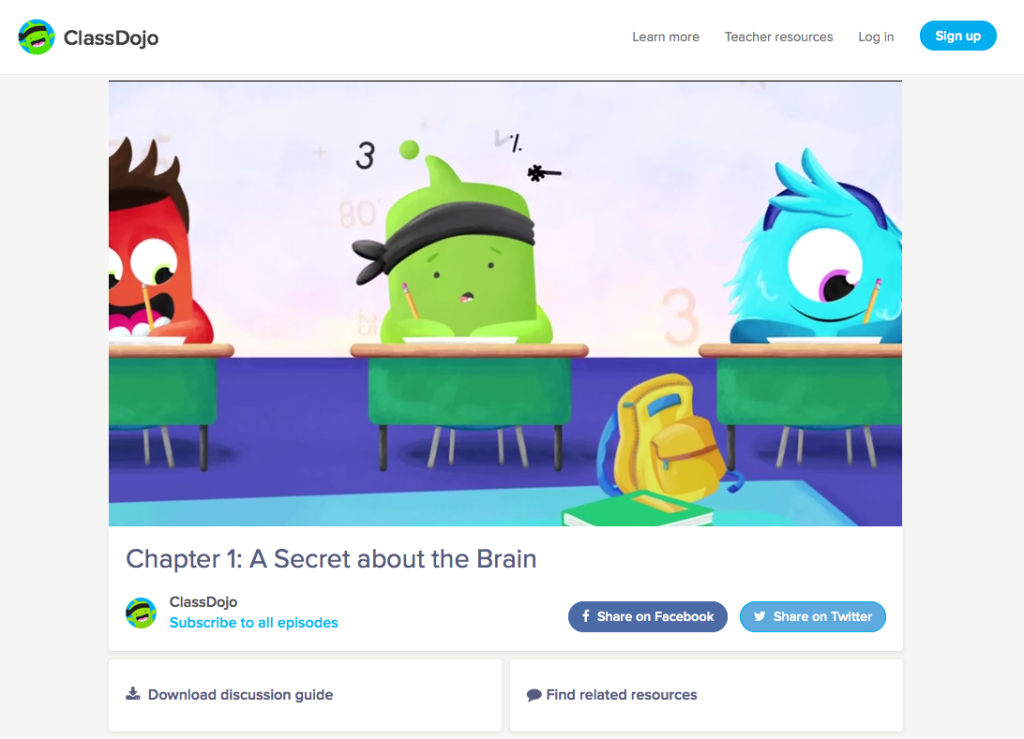
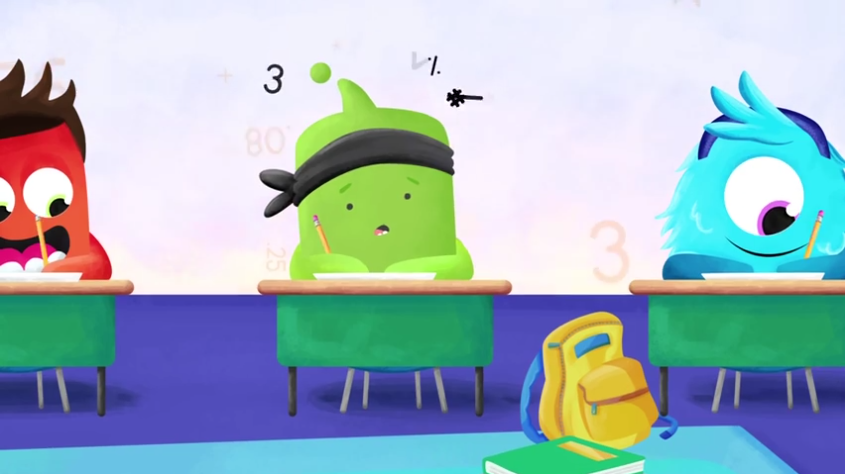
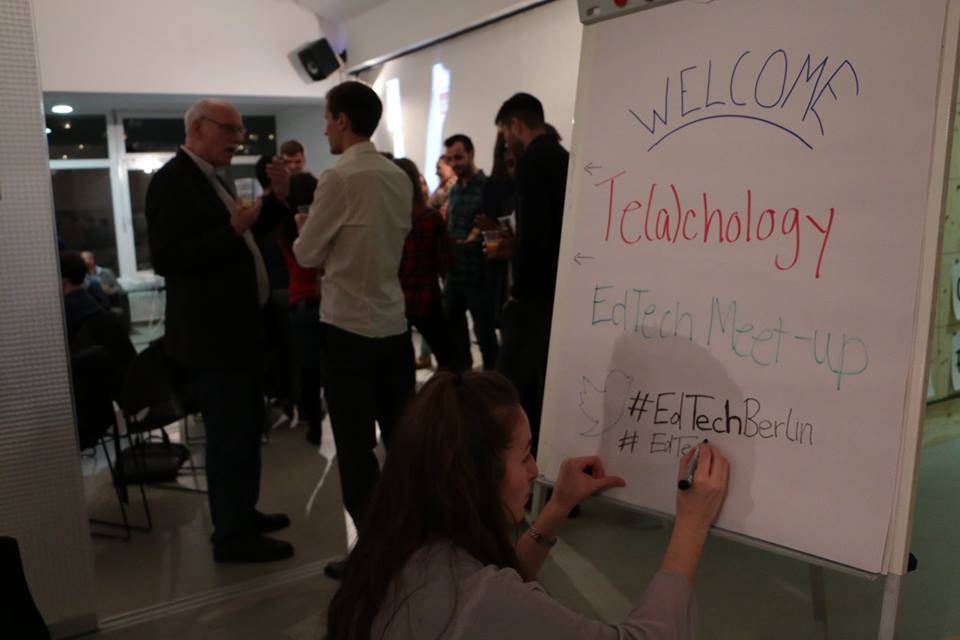
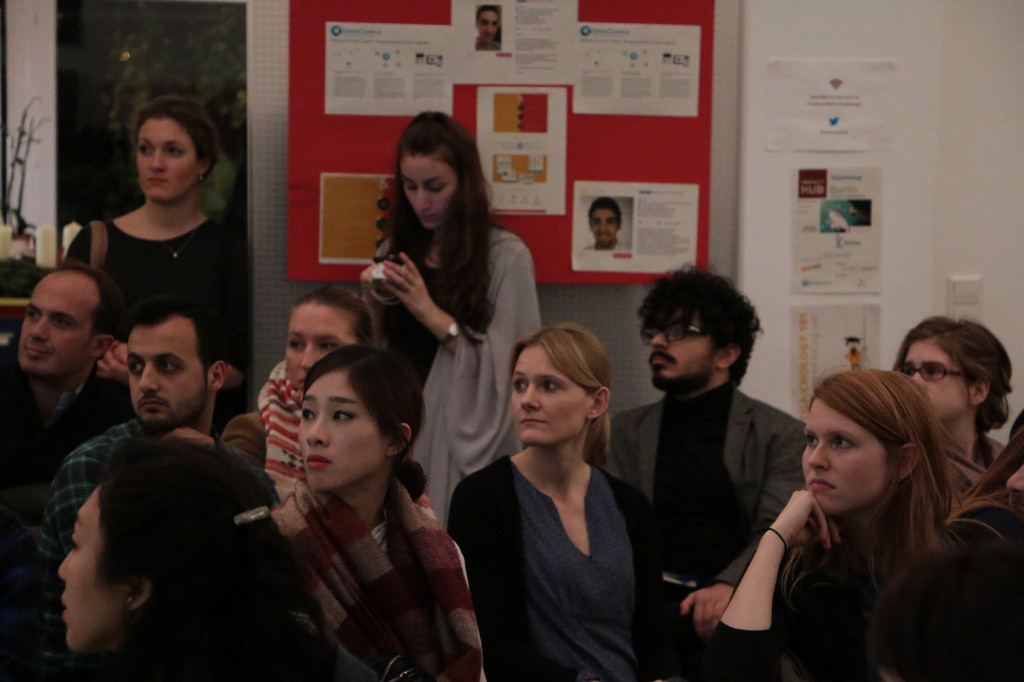
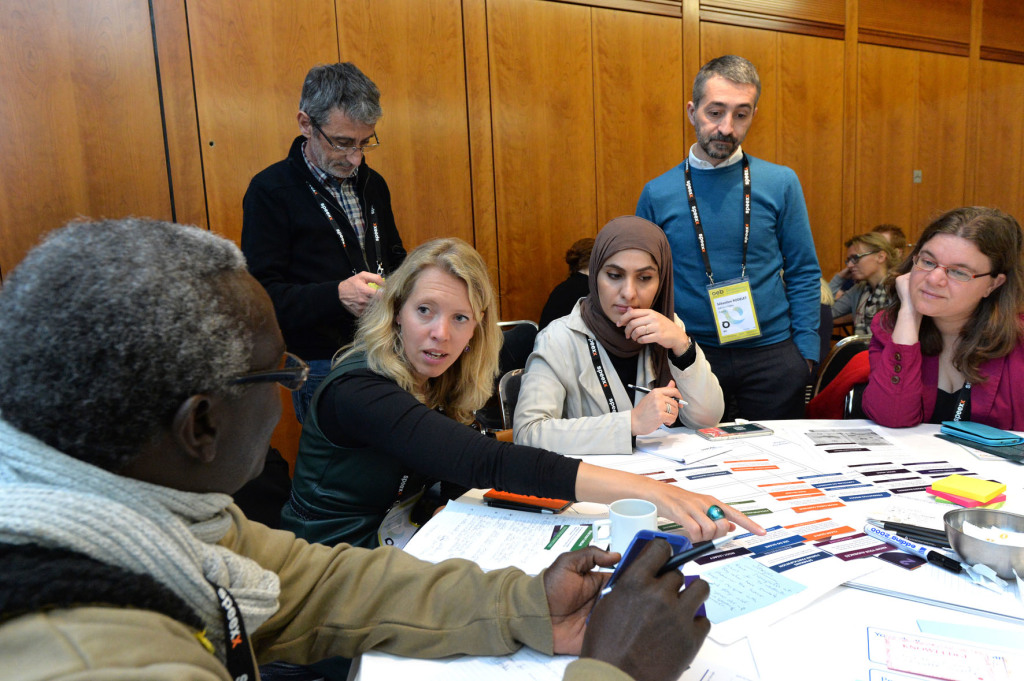
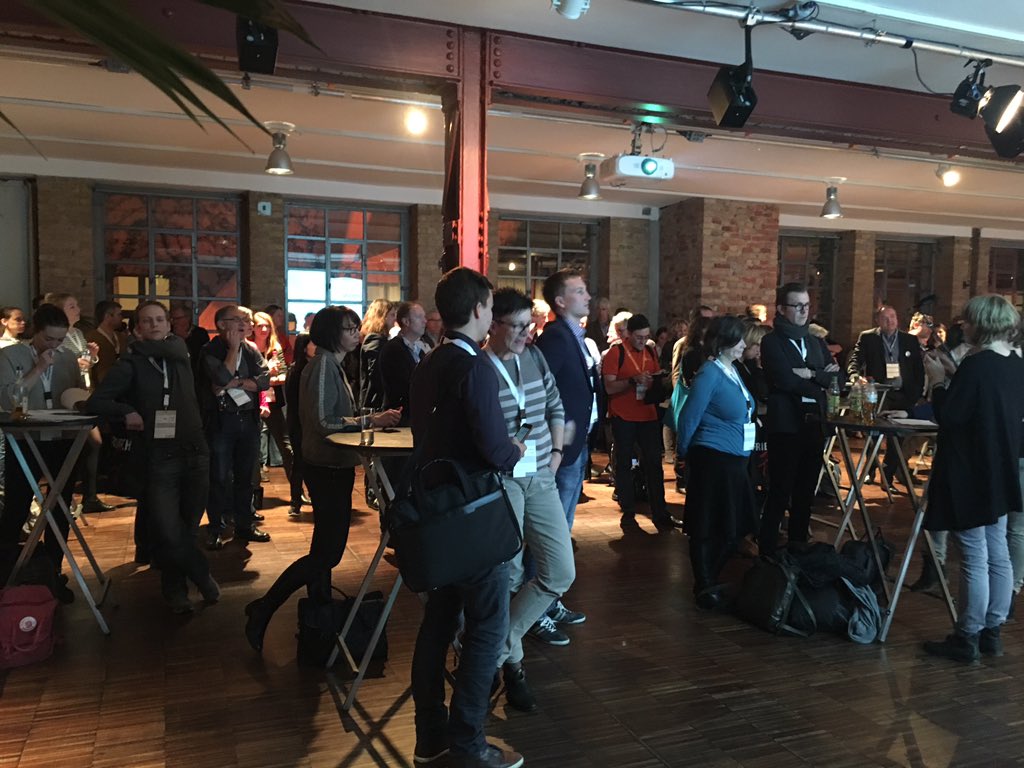
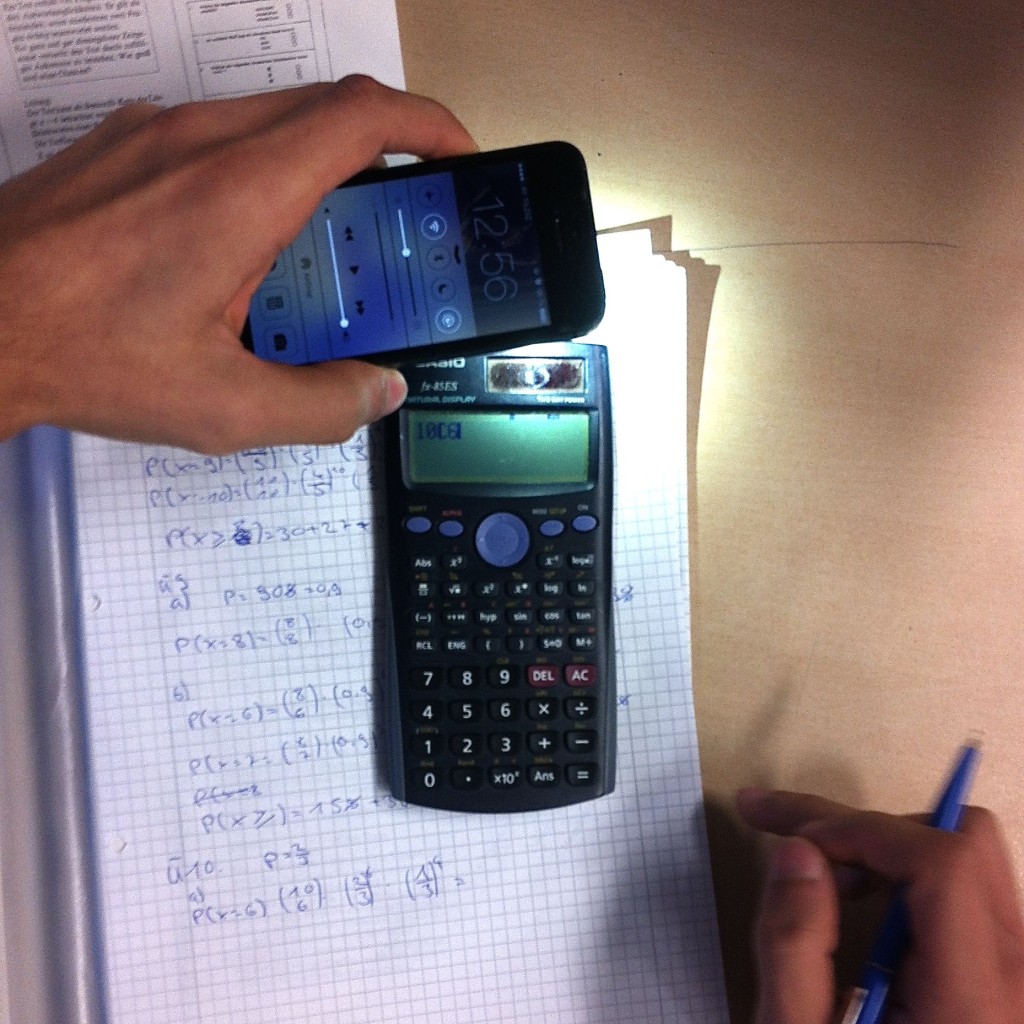
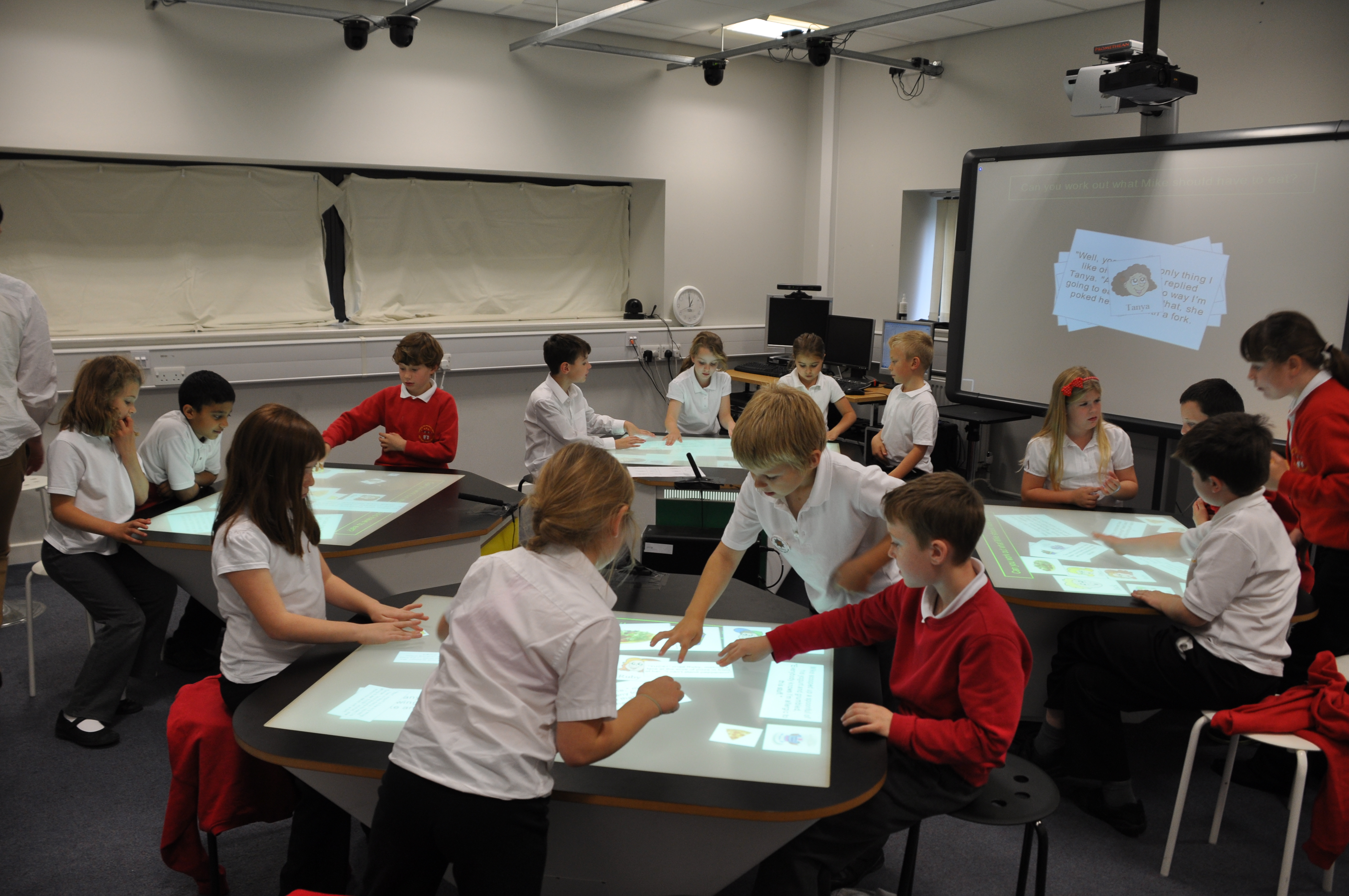
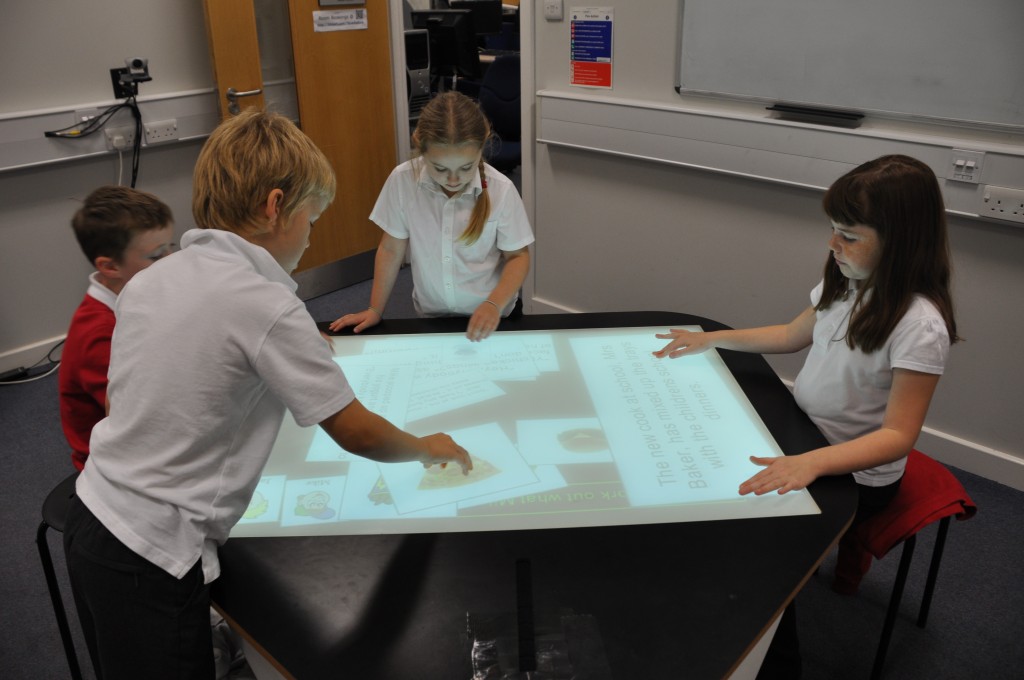
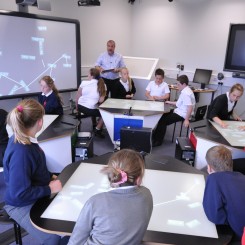
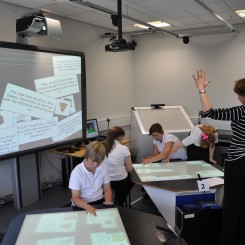
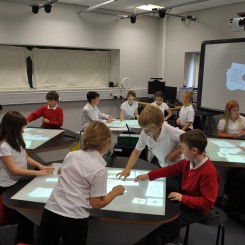
 Scratch is a visual programming language designed for learning and education. As learners create and share projects in Scratch, they develop important design and problem-solving skills, think creatively, reason systematically, and work collaboratively. Scratch is used in many different settings: schools, museums, community centers, and homes – or even in introductory computer science classes in higher education, for example in Harvard’s edX-course
Scratch is a visual programming language designed for learning and education. As learners create and share projects in Scratch, they develop important design and problem-solving skills, think creatively, reason systematically, and work collaboratively. Scratch is used in many different settings: schools, museums, community centers, and homes – or even in introductory computer science classes in higher education, for example in Harvard’s edX-course